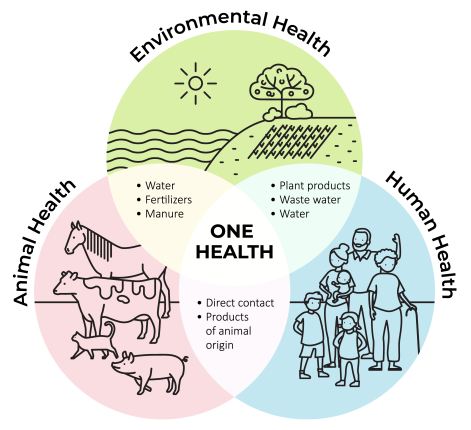Entries for the inaugural AMR Award are open
Sponsored by New Zealand Food Safety, the award aims to recognise and celebrate an individual, team, or organisation who is championing the fight against antimicrobial resistance.
Entries close on 27 September 2025.








